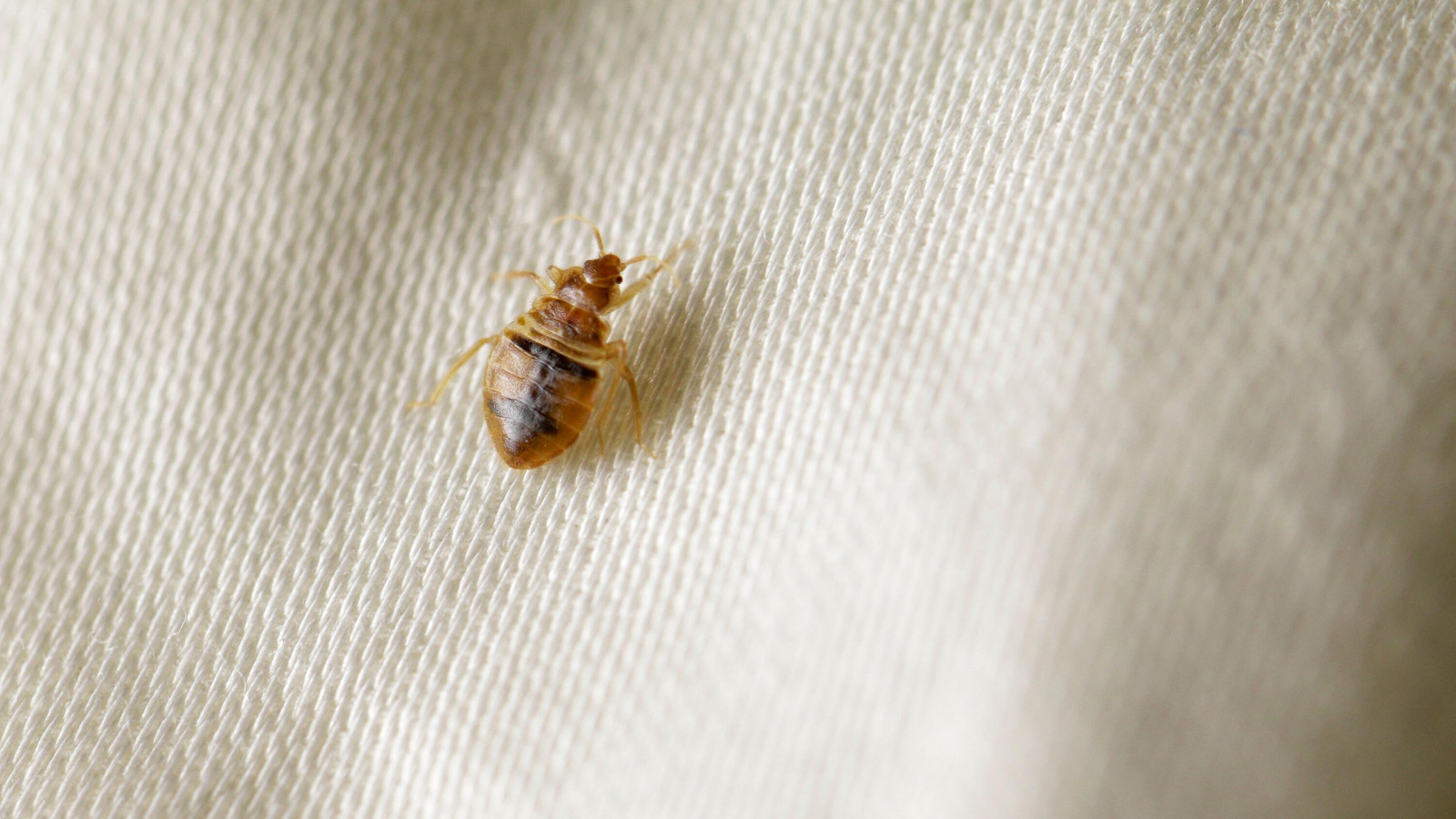Currently, many people in Europe and the World’s major cities, including Paris, have an apparent problem with parasitic, blood-sucking bedbugs, but while these cases are indeed on the rise, experts say the current panic is a bit exaggerated at times.
As the CDC notes, bedbugs (Cimex lectularius and Cimex hemipterus) have actually begun to proliferate again, and according to a statement on their website, “although the presence of bedbugs has traditionally been considered a problem in developing countries, more recently they have become increasingly prevalent, particularly in the United States, Canada, the United Kingdom, and the United States.” and is spreading rapidly in other parts of Europe.”
In France, this issue moved to an important place on the agenda when French President Emmanuel Macron’s Renaissance party announced a bill to combat this “scourge” on October 3. Although most of these reports cannot be proven later, there are people who claim to have seen bedbugs on trains and in cinemas. Minister of Health and Prevention Aurélien Rousseau said in an interview with French radio station France Inter that “there is no need for widespread panic” and that “there is no bedbug infestation”.
Entomologist and France’s leading expert on bedbugs, Jean-Michel Bérenger, said in an interview with the BBC: “We see a huge increase in bedbugs every late summer. “This is because people are on the move during July and August and carry them with their luggage,” he said and continued: “The spread is not new, it has been going on for years.”
Referring to the social media effect, Bérenger told the BBC that “there is a new element this year; This is the general psychosis that prevails. In a way, this is a good thing because it makes people aware of the problem and the sooner you take action against bedbugs, the better. But much of the problem is exaggerated.”
The bedbug panic that surrounded Paris was reflected in news sources such as NBC as follows:
Marie Effroy, president of the National Institute for Bedbug Research and Control (INELP), told CNN that although it is a real problem, the number of bedbugs in France has been increasing for the last two or three years, and this year is “more than any other year.” There’s also some paranoia going on because people hear about bedbugs. “Also, sometimes people who think they see bedbugs are actually mistaken.”
Bedbugs are carried by people from one place to another and can hide in areas such as luggage used while traveling. There was a recession during the lockdown due to the Covid-19 pandemic, followed by a boom with the revival of tourism in the last two years.

Although these increases are not a cause for concern for now, bedbugs are becoming increasingly resilient. After DDT was eliminated by pesticides in the 1950s, DDT-resistant populations began to emerge. While DDT was later banned due to its harmful effects on humans, even when we look at modern insecticides, “we observe increasingly resistant bedbug populations,” Johanna Fite of the French Agency for Food, Environment and Occupational Health and Safety (ANSES) told CNN. “There is no miracle cure to get rid of them.”
As mentioned before, travel is a big part of the problem, and frequent travelers and those who share the same living space play a leading role in introducing insects into their homes. Many people who spread bedbugs hiding in their belongings don’t even realize they have an unwanted companion.
It doesn’t matter how clean your home, hotel or hostel is, as cleanliness is not a factor. But cleaning frequently can help you spot critters sooner. It would also be a good idea to avoid clutter around your bed and to check your belongings or luggage for sneaky insects before entering your home.
During your search for bedbugs, you may look out for blood stains from bites or squishing of an unfortunate bedbug, or brown stains from their feces. You may also see their shed exoskeletons and smell a faint musty smell.
Fortunately, no diseases are known to be spread by bedbugs. For some people, it may take up to 2 weeks for bite marks to appear. They look like other insect bites, usually red on light skin and purple on dark skin. These bites “may be three or four in a row or clustered together,” Bérenger told Le Monde.
These bites can be very itchy and, in some cases, cause an allergic reaction. It is recommended to keep the bite area clean and not scratch it.
Because these insects are hardy and difficult to spot, it is difficult to find a solution yourself at home. Instead, it would be best to contact your local council, landlord or pest control service.
The UK National Health Service also says that washing affected bedding and clothing at 60°C and then drying them in a hot washing machine for at least half an hour, as well as putting them in a plastic bag and storing them in the freezer for up to 4 days, can help cure this condition…